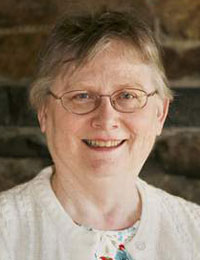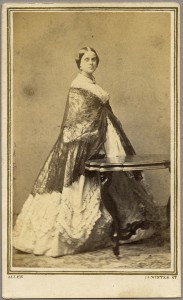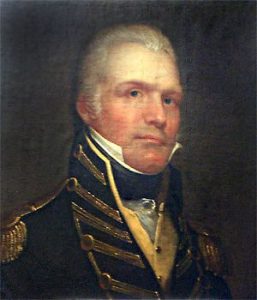 Genealogical articles, such as those published in the Register, very often address a problem or omission from a previously published genealogy. The author explains the problem, describes methods and sources used to address it, reports results and, then, if the answer is not clear cut, presents an argument as to why one conclusion is preferable to another.[1]
Genealogical articles, such as those published in the Register, very often address a problem or omission from a previously published genealogy. The author explains the problem, describes methods and sources used to address it, reports results and, then, if the answer is not clear cut, presents an argument as to why one conclusion is preferable to another.[1]
Every family has its share of complications that need to be addressed in their genealogy. The most common egregious element of nineteenth-century genealogies, in particular, is the claim of English/royal ancestry. Continue reading Analyze what?







